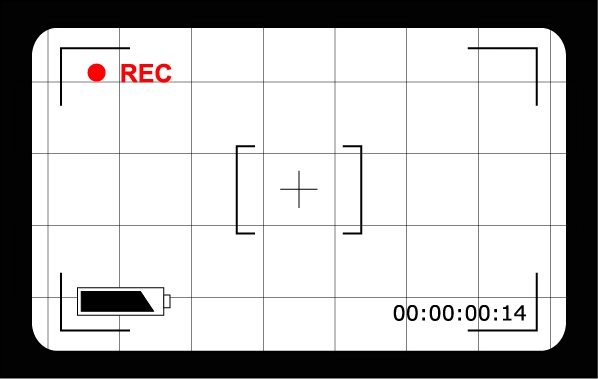New Edits Focus on Transforaminal Injections, ECG Recording

Heads up: Some codes are Column 1 procedures for some pairs, but Column 2 procedures for others.
Procedure Code
Separate OPPS Freestanding Facility Payment Allowed
OPPS Hospital Based Payment Allowed
No
Yes
No
No
No
Yes
No
Yes
Yes
Yes
Report Transforaminal Epidural, Not Fluoro Two codes for transforaminal epidural injections are Column 1 components when paired with several fluoroscopy and guidance procedures. When reporting 64480 (Injection[s], anesthetic agent and/or steroid, transforaminal epidural, with imaging guidance [fluoroscopy or CT]; cervical or thoracic, each additional level [List separately in addition to code for primary procedure]) or 64484 (… lumbar or sacral, each additional level [List separately in addition to code for primary procedure]) do not report the following:
The latest version of Correct Coding Initiative (CCI) edits for outpatient services went into effect July 1, 2012, with more than 2,000 new additions. Read on for some high points outpatient coders need to know from OPPS CCI 18.2.
Watch Your Place of Service for Atherectomy Coding
The OPPS CCI edits include 2,155 non-mutually exclusive additions, meaning the services could be performed during the same patient encounter – but one code represents a procedure that's part of the other code. Several new edits apply to atherectomy procedures.
Category III codes 0234T-0238T (Transluminal peripheral atherectomy, open or percutaneous, including radiological supervision and interpretation …) are the Column 1 codes for pairs including procedures 35236 (Repair blood vessel with vein graft; upper extremity), 75726 (Angiography, visceral, selective or supraselective [with or without flush aortogram], radiological supervision and interpretation), and others.
Heads up: Some of the procedures in code range 0234T-0238T aren't qualified ASC services in a freestanding facility, but are allowed in hospital-based ASCs. Others are allowed in both freestanding and hospital-based facilities. Confirm that what you're billing is allowed, especially if you submit claims for both types of facilities.
0234T
0235T
0236T
0237T
0238T
Explanation: Each of the fluoroscopy codes listed above is classified as payment indicator N1 (Packaged service/item; no separate payment made), meaning it's a packaged service for freestanding ASCs. The OPPS CCI edits reinforce that you shouldn't be reporting the fluoroscopy with transforaminal epidurals.
Opt for ECG Codes Over 0295T-0298T
Three codes associated with ECG (electrocardiographic) recording (and approved for ASC settings) should be reported instead of Category III codes that represent similar tests. Skip temporary codes 0295T-0298T (External electrocardiographic recording for more than 48 hours up to 21 days by continuous rhythm recording and storage …), when appropriate, in favor of:
Explanation: According to WPS Medicare LCD L29584, the use of external electrocardiographic event monitors (codes 0295T-0298T) for more than 48 hours up to 21 days that are either patient-activated or auto-activated may be considered medically necessary as a diagnostic alternative to Holter monitoring in patients who experience infrequent symptoms (less frequently than every 48 hours) suggestive of cardiac arrhythmias (i.e., palpitations, dizziness, presyncope, or syncope).
The majority of non-mutually exclusive edits carry a modifier indicator of 1. Double check the listings and verify that you have enough documentation to support reporting both services before filing the claim.

